Key Takeaways
- Every 100 visitors who see your website, only 2 of them will convert into a customer.
- Studies have shown that as much as 70% of people won't even bother reading an article
- A positive conversion is essential for any business.
Website visitors are a valuable asset for your business. But if they aren’t converting and turning into customers, you’re losing out on potential sales and revenue. In today’s competitive market, more and more businesses are looking for ways to convert visitors into clients. After all, who can afford to spend money on a marketing strategy and not see any results?
Unfortunately, not all visitors will go further than your homepage, or simply end up on your website for the wrong reason. Whatever the reason, there are many ways to improve your conversion rates. Remember, even though some visitors may never even reach your sales team, they may still draw paying customers through word of mouth.
In this article, we’ll discuss four reasons why website visitors are not converting – and what you can do to fix them. By learning about these common conversion blockers, you’ll be able to fix your website’s weak performance and boost your profits.
What is the Average SEO Conversion Rate?
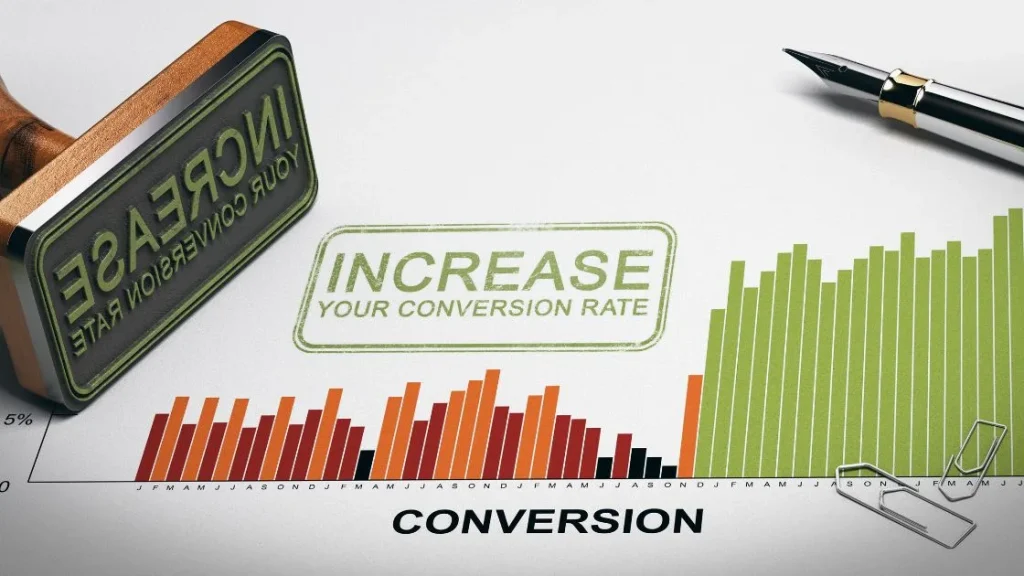
The average website conversion is around 2%. This means that for every 100 visitors who see your website, only 2 of them will convert into a customer.
There are a few factors that can affect this number, including the quality of your website design, the content you provide on your site, site buttons, and more. However, the vast majority of the blame falls squarely on factors that are easy to improve on.
Not sure whether your rate is up to scratch? Here are a couple of ways to measure your conversion.
- Landing page: This involves making sure that your home pages are optimized for Conversion Rate Optimization (CRO). This includes things like testing different content and images, as well as adjusting your CTA (call-to-action) buttons and other elements on the page.
- Web traffic analysis: You can also use web traffic analysis tools to track your website traffic, what pages users visit, and what kind of content they engage with. This will give you an idea of which pages are attracting a target audience better than others.
- Customer feedback forms: Ask visitors whether they found what they were looking for on the site, how easy it was to find what they were looking for, and if there was anything else they would like you to know. This user experience will help you identify any areas where you need to improve your website or marketing campaigns. This is especially easy to accomplish once they have signed up for your newsletter or provided contact details.
Unclear Topic/Headline

Your visitors won’t bite if you are using confusing or conflicting headlines for your landing or product page, or blog. A good headline will help attract more visitors into leads, subscribers, or customers. Be concise and describe exactly what the page is about. By doing this you are getting visitors who are visiting your site for the right reasons.
For example, if you’re selling a product, your headline should be something that accurately reflects what the product is. For example, if the headline of your product is ”SEO Tools“, your landing page’s headline might be “Top Innovative Search Engine Optimization tools”. This way, you make it easier for people to understand what you’re offering and why it’s worth their time.
By using catchy headlines that accurately reflect what’s on the landing page, you can maximize your turnaround rates. So make sure that you’re testing different headlines on different pages in order to find the one that works best for your audience.
Headlines are one of the most important factors in swaying visitors into customers. Not only should your headline be intriguing and engaging, but it should also be clear and concise. If a visitor doesn’t understand what the article is about, they’re likely to leave without taking any action.
This uncertainty can quickly turn away potential customers – something that you want to avoid at all costs. By using well-written headlines that are easy to understand, you can increase rates by up to 50%. In fact, studies have shown that as much as 70% of people won’t even bother reading an article if its headline isn’t accurate or clearly spelt out.
Just remember: When it comes to content marketing, clarity is key!
By understanding what your potential customers want to see in these headings, you can create conversion-friendly copy that will help you achieve your business goals.
Some of the most common questions site visitors might have are: What do I need to buy? How much does this cost? Can I try it first? Here are a few tips for creating Conversion-Friendly Headlines for Your Website:
- Use headline topics that align with the content on your page. For example, if you’re selling products online, make sure your headline is related to those products (like “Get the perfect gift today!”).
- Make sure each headline includes a keyword or phrase that has a high search volume. This will help increase traffic from Google and other search engines because people looking for information about that topic will likely be interested in your product as well.
- Make sure each headline has a specific goal or purpose. For example, one heading might be “What ARE Headline Tips To Convert More Website Visitors?” while another might be “How to Create the Perfect CTA.”
Your Call-to-Action Needs Improvement
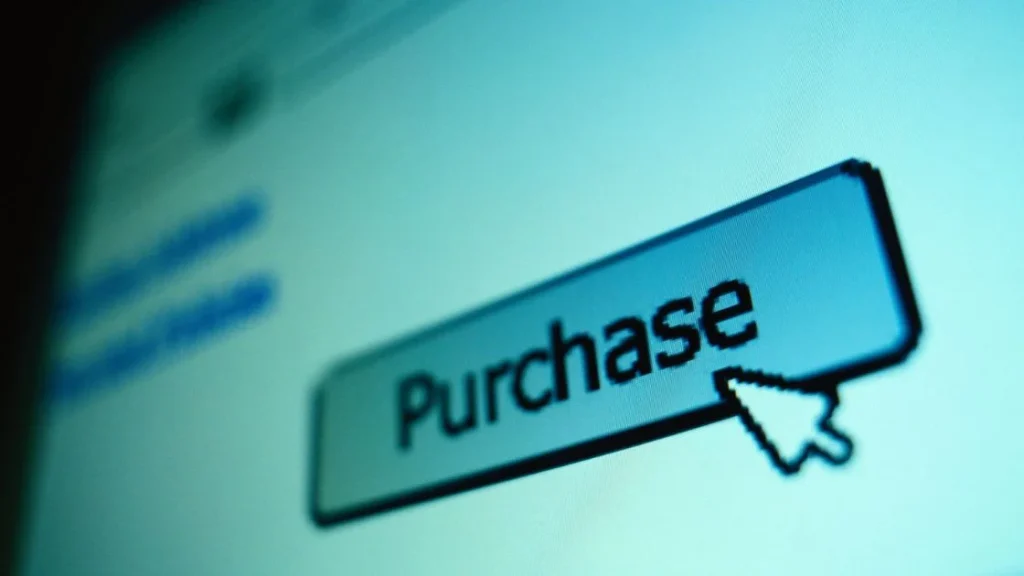
Your prospective clients might not be interested in your service because your Call To Action isn’t working well. A Call To Action is a button or link that visitors see on your website, and it’s the first thing they see after entering your site. It can also be seen as the manner in which you are requesting the visitor to get in contact with you, sign up for a newsletter, or request them to take other actions.
A call to action is the part of your website that tells your visitors what they need to do next in order to acquire the benefits that you have to offer. It should be clear and easy to understand, and it should also be persuasive enough to make them take action.
Using a call to action in your content can help move visitors through your website more quickly and encourage them to take the actions you want them to. Calls to action can be anything from simple button clicks or forms, to deeper engagement opportunities like contests or surveys.
By positioning your calls to act appropriately, you can increase the likelihood that people will take the actions you desire.
What are the benefits of making concise and easily accessible CTA buttons?
- It helps you capture visitors’ attention and motivate them to take the next step.
- It encourages visitors to sign up for your email list or download your free resource.
- It can also lead them to buy something from you on Amazon or elsewhere online.
- It can even result in a call from you!
Creating an eye-catching call to action is essential for generating leads and driving conversions. Whether you’re a small business owner looking for ways to boost your marketing efforts, or a content creator looking to get more people to take action, here are a few tips on how to create effective CTAs.
- Start with the “why” of your offer. Why would someone want to do what you’re asking them? What’s in it for them? Make it clear and concise so that people understand why they should choose you over the competition.
- Use catchy copy that is easily read and rememberable. Keep things simple but compelling – don’t use too many words, but make sure each one counts.
- Include images or videos that reinforce your message and help explain your product or service better. They can also be used as social media posts or email signatures (see below).
- Create call to actions that work well both on desktop screens and mobile devices – whether users are using laptops, phones, tablets, or anything in between, it is all about easy usability! Tailor yours specifically for whichever platform they’re using most often!
- Make it easy to understand and click on. Make sure it’s simple, eye-catching, and fits with the rest of your design.
- Place it near relevant content. Make sure it’s visible but not too distracting, and that it doesn’t take away from the content on your page.
- Offer a good deal. What better way to get people to take action than by giving them something valuable in exchange?
- Test different CTAs to see what works best for your audience. There are many different ways to create a CTA, so find one that speaks to them specifically and makes them want to take action right away.
- Add the most important CTA button where potential clients may see it easily. Most successful digital marketing strategies incorporate CTA’s into the hero text.
In order to create effective CTAs, you need to know what people are likely to do before they make the decision to convert. This can be determined by analyzing how users interact with your site and measuring which actions result in the highest conversion.
Inconvenient Contact Form
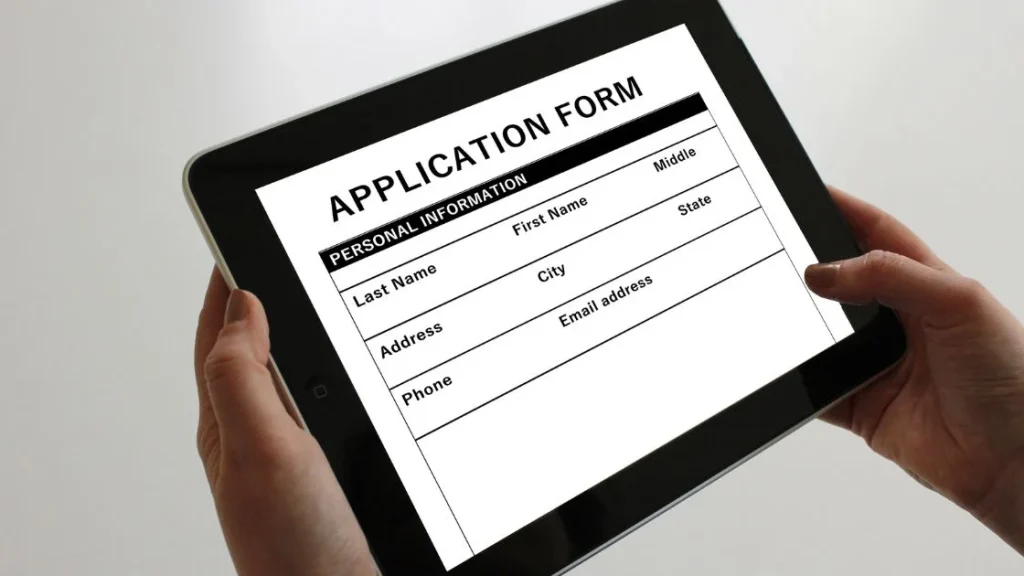
Contact forms are an important part of any website, and they’re especially essential if your business relies on email marketing to grow its customer base. Contact forms allow you to collect valuable information from potential buyers directly, which can be used to improve your targeting and conversion.
A poorly designed contact form can negatively impact your rate. Visitors to your website may not feel comfortable filling out your contact form if it’s difficult to understand or doesn’t look professional. A good rule of thumb is to keep the design simple and straightforward, without any unnecessary buttons or graphics. This will make it easier for visitors to input their information, and they will likely find it more convenient overall.
There are a few things that should be included on every contact form:
- Your website’s name and address (or URL)
- Other contact details such as phone or PoBox
- A blank text block where visitors can type their message to you in detail. This way you can easily provide them with the correct information and respond concisely.
- A clearly labelled ‘submit’ button
There are a few things to keep in mind when designing your contact form:
- Make sure the form is easy to fill out. All fields should be clearly labelled, and all input should be validated so that you know it has been entered correctly.
- Use autofill features for as many fields as possible. This will save you time by automatically filling in the data required for each field based on what was submitted in previous submissions.
- Include a submission button at the bottom of the form so visitors can easily send their information off to your team. This way, you won’t have to spend time manually entering data into every single field!
You Aren’t Promoting your Brands True Advantage
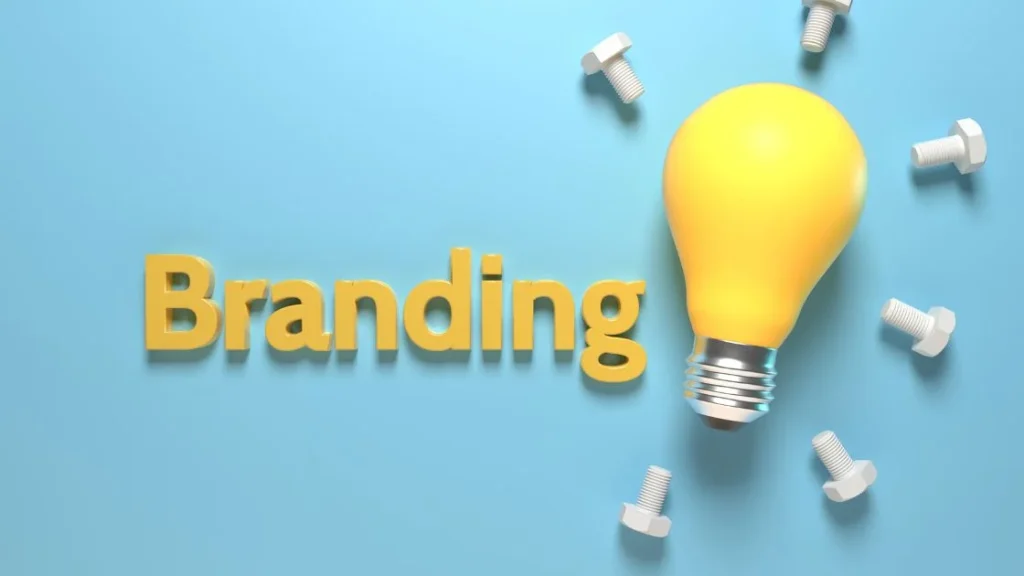
One of the most common mistakes businesses make when it comes to online sales is failing to create a selling point that drives conversion. A Selling Point is anything that makes your site visitors want to buy from you, rather than just browse around.
Lack of a clear Selling Point can lead visitors to your site down one or more of several paths: they may leave without buying, they may convert but then never purchase, or they may abandon the entire transaction entirely and never return.
To increase conversion on your website, start by analyzing what makes your site unique compared to other websites in your industry. What are the benefits of purchasing from you? Is there a specific product or service that meets this need? Once you have identified these points, develop marketing campaigns specifically designed towards converting visitors into customers.
Many businesses struggle to create a compelling selling point that will convince future clients to convert into customers. In fact, some studies have even found that as much as 50% of conversions can be attributed to the quality of the selling message. And, unfortunately, many businesses don’t take advantage of this potential because they don’t understand how it works.
The key to converting visitors into customers is finding a message that speaks directly to their needs and interests. This means understanding your audience’s problems and looking for ways you can help solve them. Once you know what sells what you have on offer, find ways to communicate this information in an engaging way using credible sources (i.e., research). Finally, make sure your marketing efforts are focused on driving traffic back toward your sales page so you can close the sale!
source https://webjuice.ie/google-bing-webmaster-bulk-url-removal-tool/
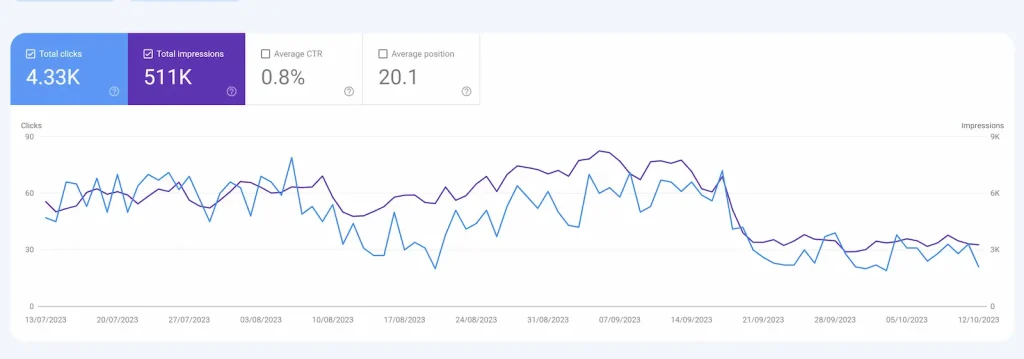
No comments:
Post a Comment